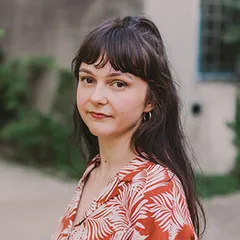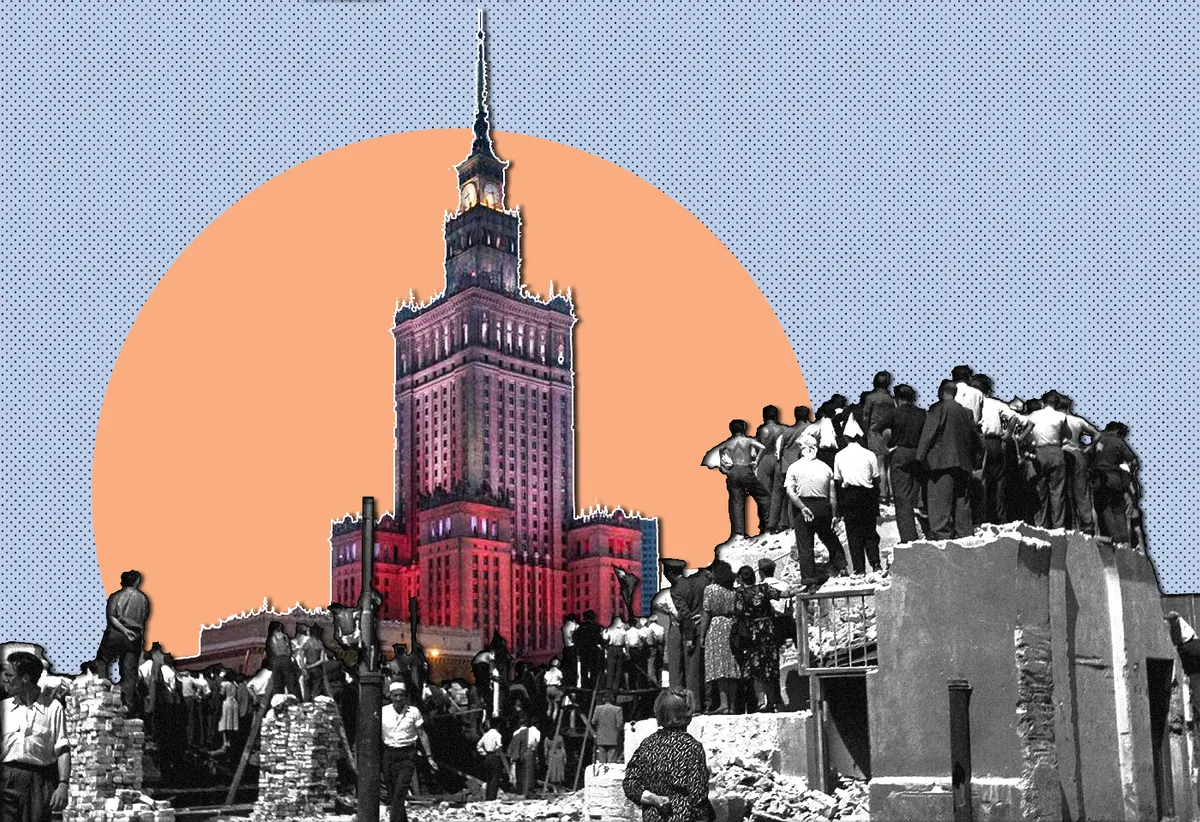
1/1

Author(s) / Team representatives
Livia Pleșca
Profession
arhitect, designer de interior
Website
Photo/design credits
Livia Pleșca
Text presentation of the author in English
Livia Pleşca works as an architect and interior designer and she is a graduate from Faculty of Architecture ”G.M. Cantacuzino ”from Iași. But besides architecture, Livia learned along the way that she can be a creative professional at the crossroad of multiple fields: she photographs with dedication interior spaces, places she holds dear or just discovered, writes stories about how the houses she design come to life, creates collages and wants to bring people and design closer.
Text abstract in English
After 1990, cities in the Former Eastern European Bloc sprint towards a new future, one which the architectural legacy of the socialist regimes was not made for. Beyond the memory of resistance and sacrifice engraved into the landscape of the post-socialist city, people remained to be confronted on a daily basis with a tainted architecture. In a sense, the presence of these buildings has kept them wondering how should they move forward.
The city administrations are presented with a tempting solution: discard or tear down, the 'healing through destruction' so often perpetrated by the old regime itself, which can never resolve the trauma of society. But what if moving forward meant reframing and reclaiming an architecture that encompasses so much more than just socialist ideology. Through strategies of reappropriating these public buildings, either by renovation, adaptive re-use and\or identity re-contextualization, people can have the opportunity to reconcile with history.
This paper argues that public architecture projects of the socialist era can become a valuable tool for making sense of the great change post-socialist cities have been experiencing. Re-appropriation creates new opportunities for social engagement and, as seen in the few and yet spectacular examples of reclaiming iconic socialist architecture (Palace of Culture and Science from Warsaw or Tirana's Pyramid) these projects have gathered around the youth and the old around a mix of facilities that aim at social and economical sustainability.
Many of these buildings are socialist in the attached meaning but modernist in form, therefore functionally adaptable structures that can easily take on another challenge. And if they were not built in the modernist fashion, more often than not the grandeur of the interiors gives plenty of room to flexibility. Ultimately, the idea of applying adaptive reuse strategies is to create a new liaison between people and place, to make them feel they can choose how the city evolves.
José Ortega y Gasset refers to the importance of the past in constructing one's identity. The past is an accumulation of history and meaning which materializes in the artifacts of our lives, the objects and buildings we create. In a similar manner, the city deposits the historical silt in the matrix of the architectural landscape, and much like a hill, the collapse of one of the older layers will weaken the stability of future ones.
